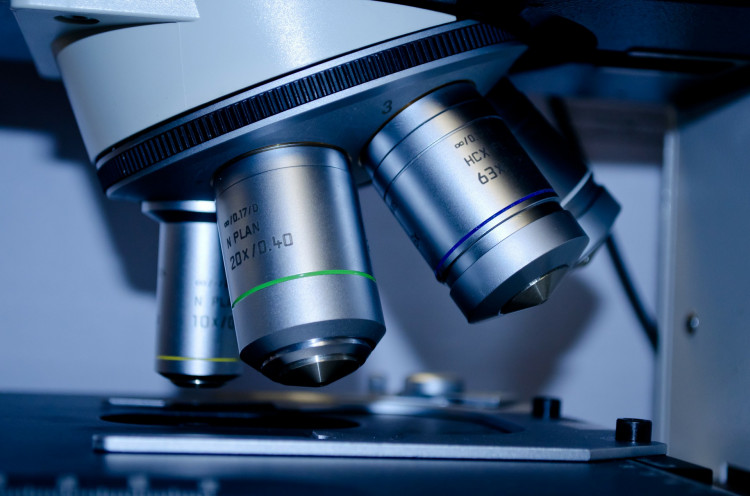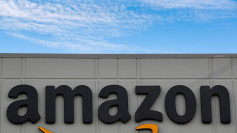Johnson & Johnson generated a three-month drum-and-hike process in the face of legal hurdles throughout its operations in connection to narcotics and other antipsychotic drugs. The company's medical equipment sales, for the third quarter, hit their best-adjusted growth in nearly four years, the pharma giant reported on Tuesday.
Apart from a 3.1 percent decline in overall sales for medical devices due to merger and acquisitions, such as the $2.8-billion divestiture of the Advanced Sterilization Systems company concluded in April, and the $2.1 billion diabetes disposal of the LifeScan business ended in October 2018, the reported profit performance of 5.3 million was the best quarter of the division since 2015, executives stated.
J&J doesn't seem to be affected by the US-China trade war, RBC Capital Markets analyst Brandon Henry told investors on Tuesday, citing 19 percent year-over-year growth in the devices market.
Analysts said that during the third quarter, J&J signed a distribution agreement with Tinavi, the only orthopedic robotic surgery company operating with a spine indication in China. While both domestically and abroad, spine sales decreased, international market patterns were not as low.
The highlight reel of the business for the medical device division effectively reflected its second-quarter talk points on electrophysiology acceptance and global energy products.
Large rises in global knee transactions, contact lens and wound repair brand acquisitions, and better-than-expected spine revenues in the face of ongoing orthopedic pricing pressures have led to divisional revenue of $6.38 billion, exceeding the forecasts of analysts.
Management attributed decreasing knee revenues to "competitive pressures" on the US market, with Henry estimating that Stryker is likely to take a share. But those losses in international markets were "more than offset" by new product growth, executives said. During the half, J&J's DePuy Synthes orthopedics branch launched a new cementless knee.
Expenditure on R&D will tend to be focused on developments in robotics and electronic medicine, management added. Ashley McEvoy, Medical Devices Executive Vice President, said J&J is planning a mid-2020 FDA request relevant to its robot-assisted orthopedic surgery software.
J&J's hip sales were more balanced, growing 1.1 percent in the U.S. and 2.7 percent internationally. Management emphasized the September purchase by DePuy Synthes of the JointPoint navigation software manufacturer to support surgeons with operations for hip replacement.
Meanwhile, the world's largest health care service maker has also increased its financial outlook for the year, and its stocks have risen more than 2 percent in premarket activity.
J&J posted $4.83 billion in net profit on Tuesday, or $1.81 a share. That was up from $3.93 billion, or $1.44 per share, in the third quarter of 2018, when Alios BioPharma purchased a $1.13 billion research-related charge.






